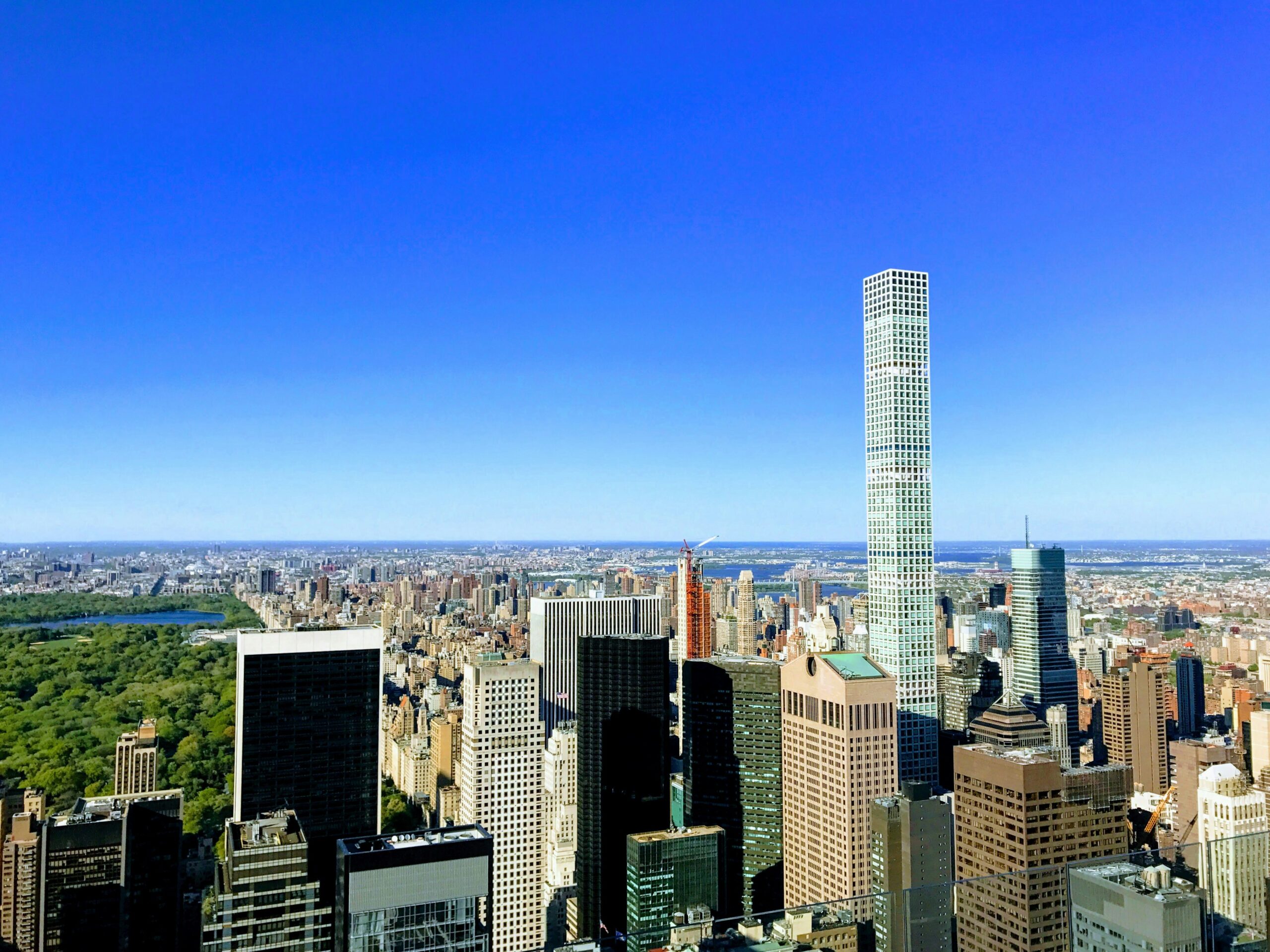Jamaica Bay is one of the largest natural spaces in New York City. According to the government’s website, the Bay contains around 16,000 acres of surface waters and 3,000 acres of islands and marshes. There’s a “complex network of open water, salt marsh, grasslands, coastal woodlands, maritime shrublands, and brackish and freshwater wetland communities.” A government document on NYC waterways notes the Bay’s role in “natural flood control and protection against storm surges”.
Over time, the Bay has accommodated more industry, manufacturing, transportation, and recreation – but how would further property development affect the area? To answer this question, we can look more broadly at how commercial properties affect natural spaces and residents.
The development dilemma
When developers eye natural spaces for new properties, it creates a common conflict between economic growth and environmental preservation. New buildings can boost local economies, but they often come at the cost of ecosystem services.
Environmental effects
Commercial developments often start by clearing land and adding surfaces like concrete and asphalt, disrupting natural water flow patterns and increasing runoff. This can overwhelm existing drainage systems. Where marshlands once absorbed excess water, parking lots send it rushing into nearby waterways.
Wildlife is hugely affected when construction begins, as animals lose their habitats and native plants are replaced by landscaping. The fragmentation of natural spaces makes it harder for species to maintain healthy populations.
Community
New commercial properties can bring jobs and convenience to an area. A well-planned retail center can reduce how far residents need to travel for shopping. Office buildings can create hubs to attract other businesses. But development also increases traffic, noise, and light pollution. Property values often rise, sometimes pricing out longtime residents. The character of an area can shift dramatically when natural spaces make way.
Infrastructure
A new development adds demand to existing infrastructure. Roads might need widening to accommodate traffic, stormwater systems might require upgrades to manage runoff from new surfaces, and power and water utilities must meet the new capacity. While developers typically pay impact fees, these don’t necessarily meet the costs to a community. Taxpayers often fund infrastructure improvements needed to support commercial growth.
Climate
Natural spaces play a crucial role in climate resilience. Wetlands, forests, and grasslands absorb carbon dioxide and help moderate temperatures. As noted, the Bay area helps protect the city against flooding and storm damage.
Converting natural areas for commercial use sometimes removes these natural protections and increases carbon emissions through construction and building operations. As climate change brings more extreme weather, losing natural buffers can make communities more vulnerable.
Economics
Purely from a financial perspective, developing natural areas often seems logical. Building new is often easier than renovating existing properties. The short-term economic benefits are clear, but this can sometimes ignore the long-term value of benefits like flood control, air purification, and temperature moderation.
As extreme weather events become more frequent, the financial risks to businesses also increase. Commercial real estate insurance protects businesses in construction, food and beverage, retail, and other industries against weather events like wildfires, tornados, and windstorms. Without adequate coverage, companies may face significant losses, further emphasizing the importance of preserving natural spaces that help regulate climate conditions and reduce environmental hazards. It’s a growing concern for business owners, but not one without its solutions – and not one without rewards on that risk.
Cities with natural spaces often attract more residents and businesses, affecting property values and generating more growth. Some companies look for locations where they can offer employees outdoor recreation and green spaces. According to Priva, the Tenant Preferences in the UK Office Market report in 2023 “polled 200 UK directors and upper management” that rented office space and found that almost half would be willing to pay 10-14% more for a sustainable working space. Rather than viewing natural areas as untapped development opportunities, it may be more appropriate to see them as economic assets worth protecting.
The Jamaica Bay Area
As cities grow, pressure to develop remaining natural spaces increases. The Bay area may face tough choices about where to allow development and what to protect. The most successful development approach would involve comprehensive planning that identifies critical natural areas early and channels growth in more suitable locations. The decisions cities make about commercial development shapes their future for generations. By carefully considering the full range of impacts – environmental, social, and economic – New York City and other cities can make better choices about where and how to grow.

